On show: Eurobike 2009 Part 11
Storck's new Aero 2 time trial bike, stacks on show from SRAM
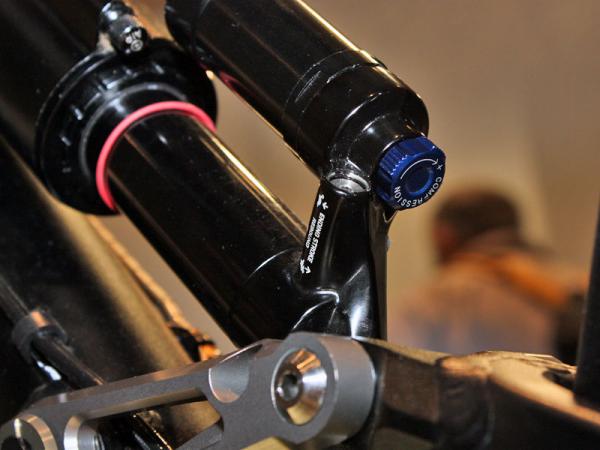
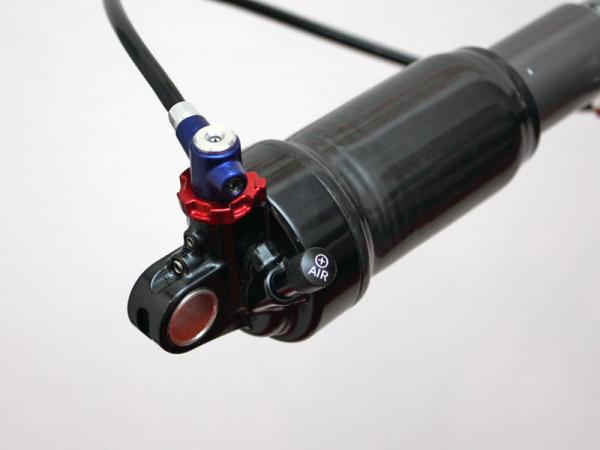
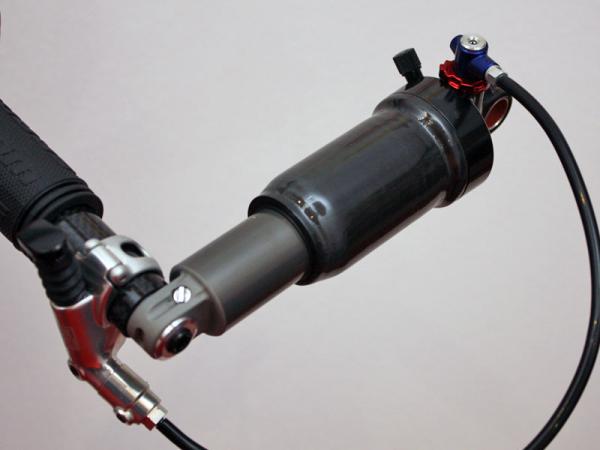
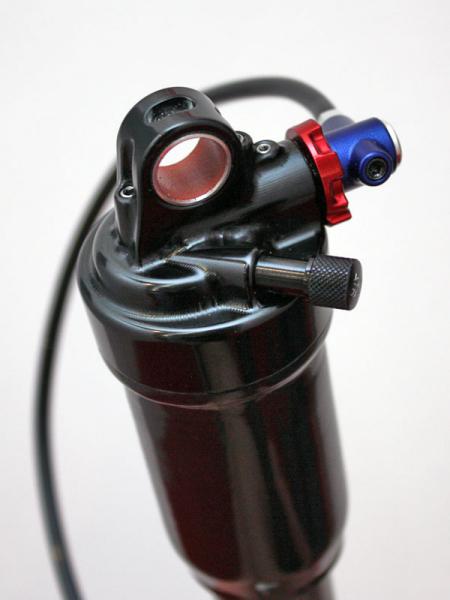
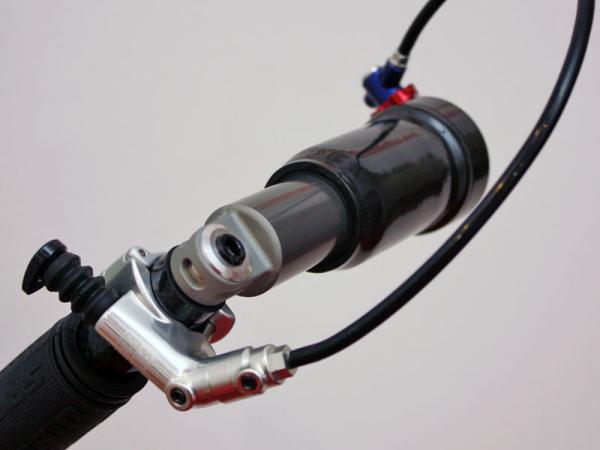
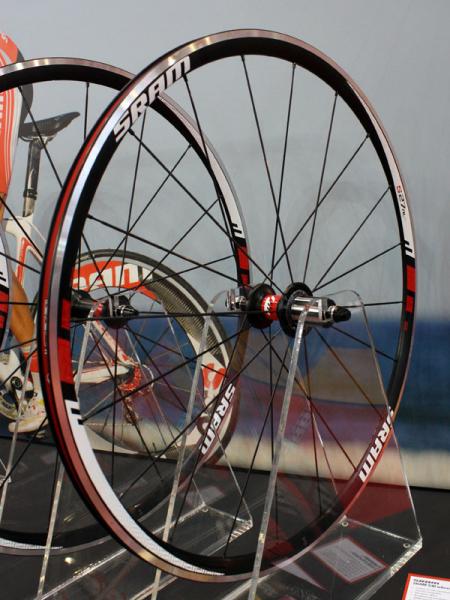
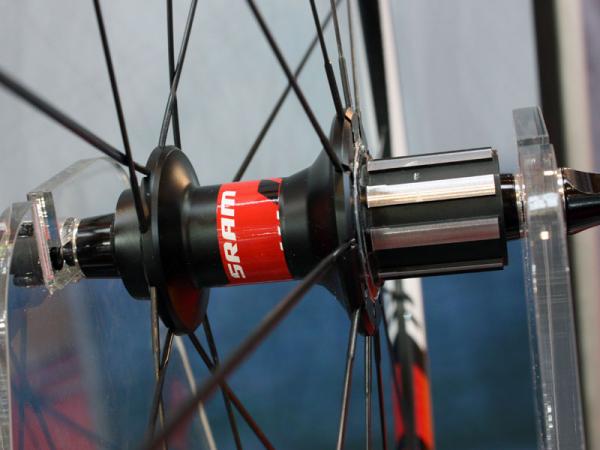
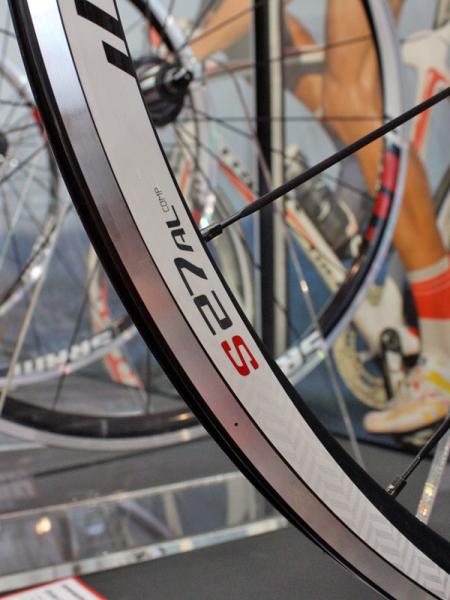
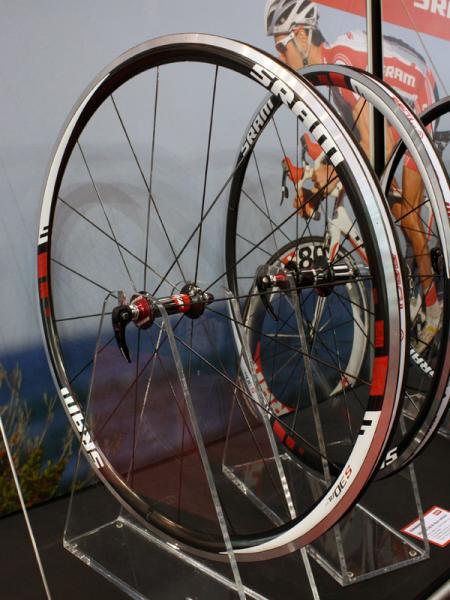
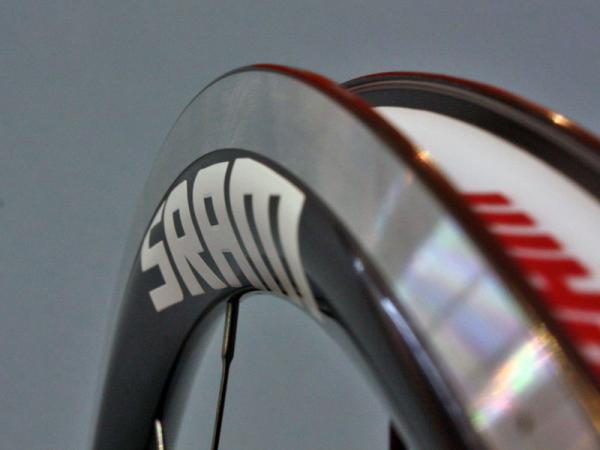
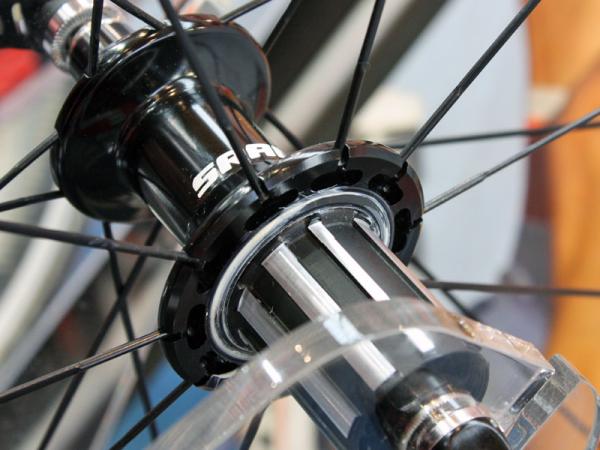
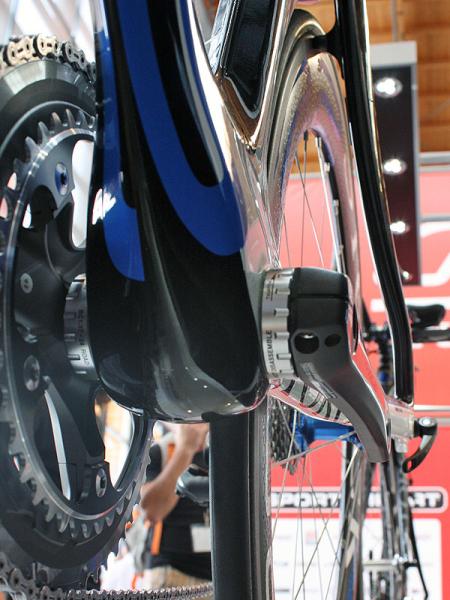
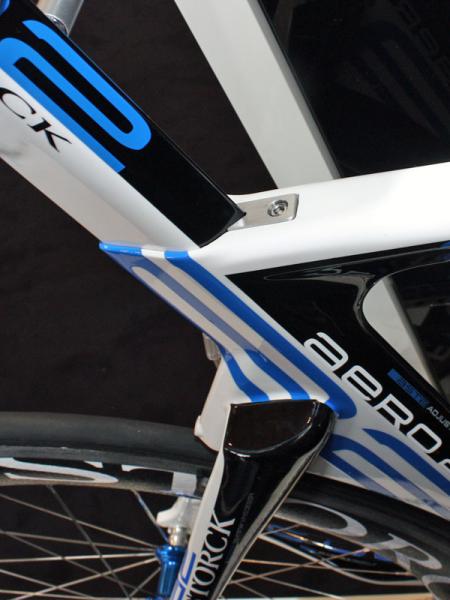
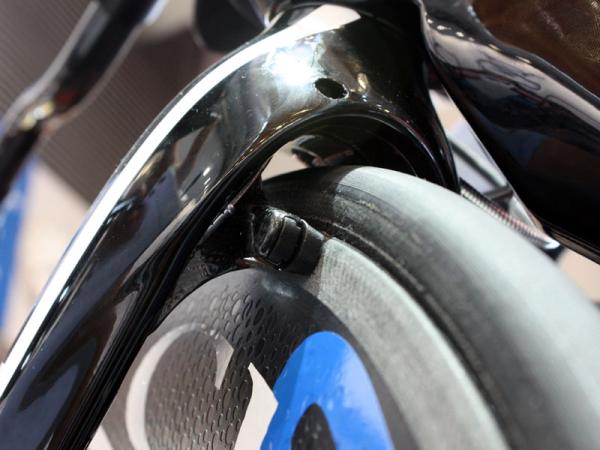
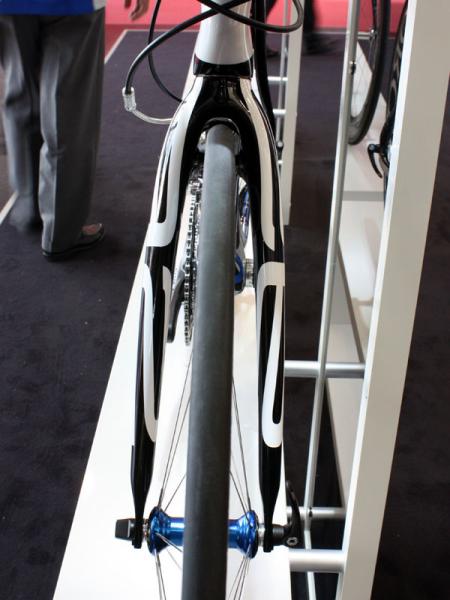
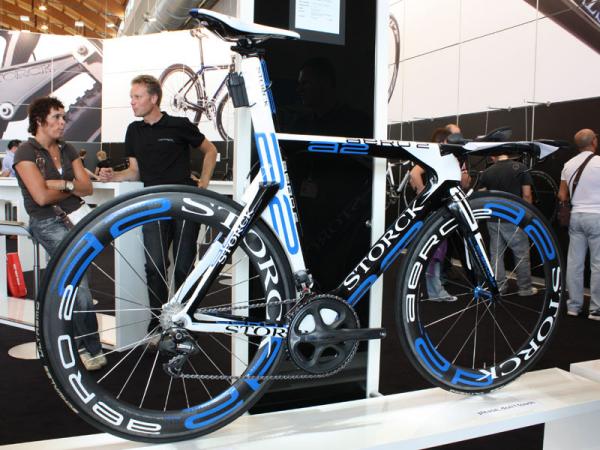
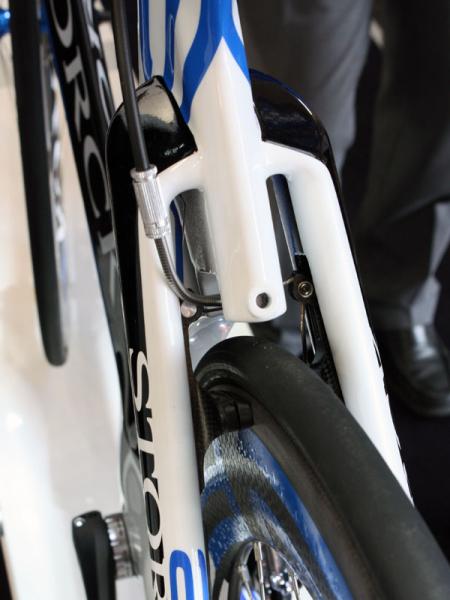
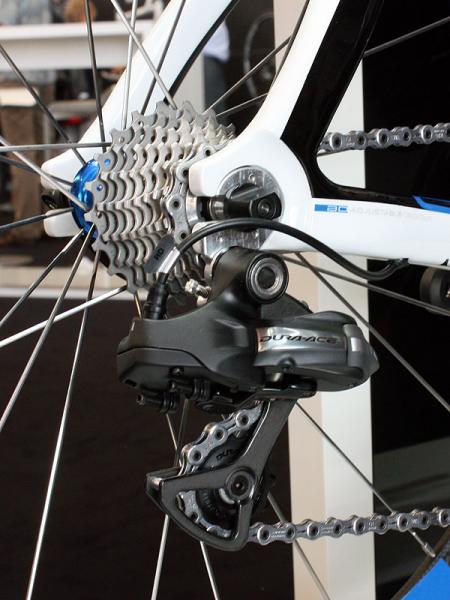
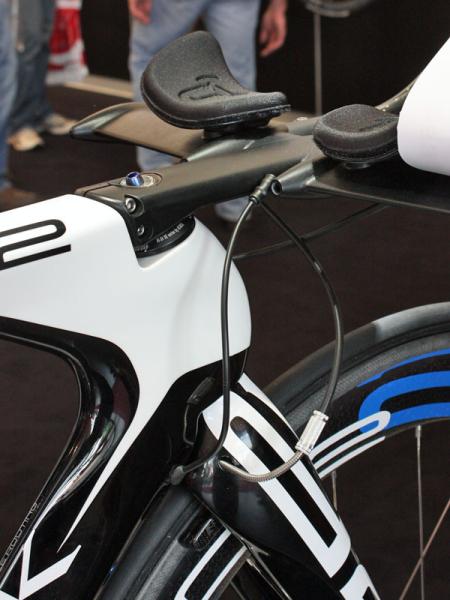
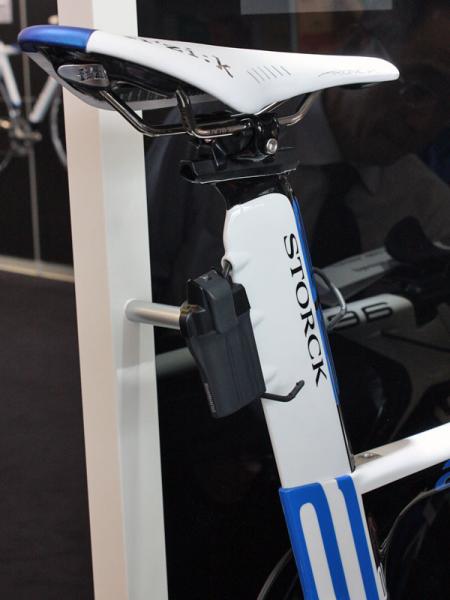
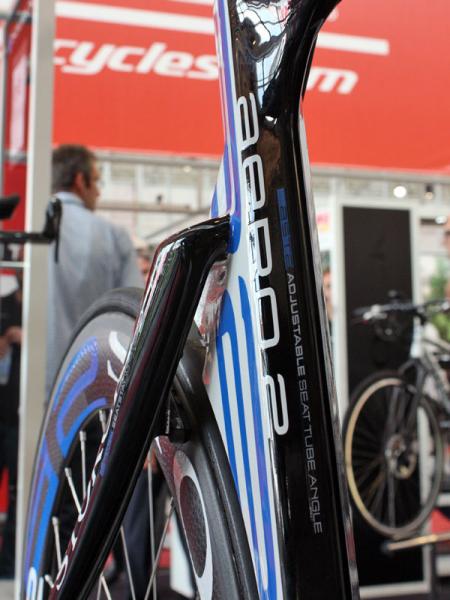
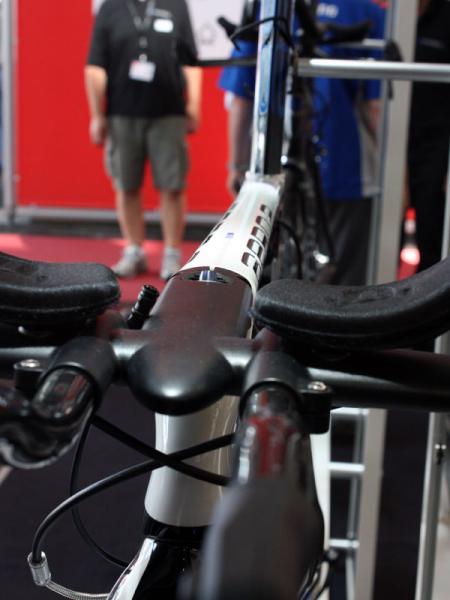
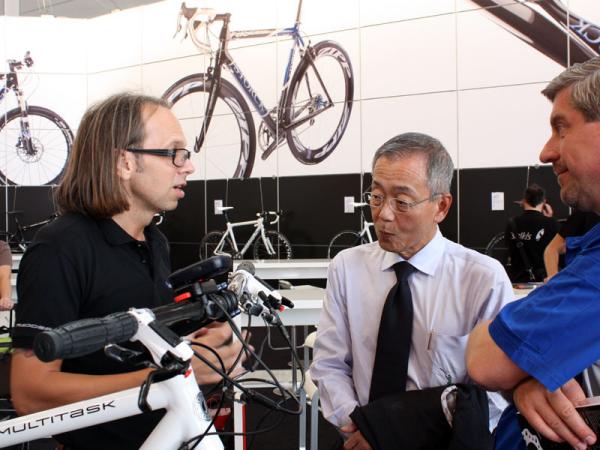
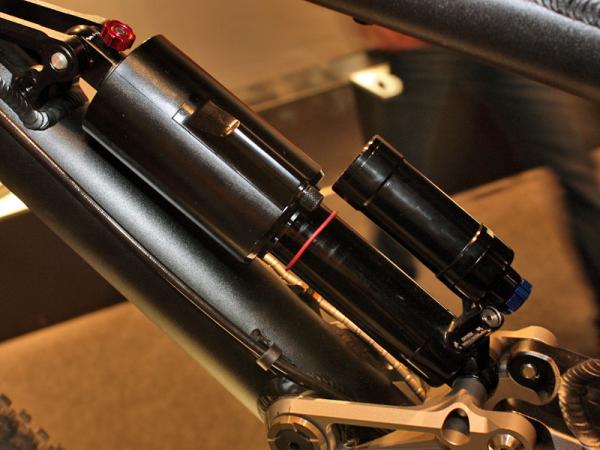
A closer look at Storck's stunning Aero 2 time trial machine
Storck casts itself on to the cutting edge of time trial/triathlon bike design with the introduction of its latest Aero 2 at this year's Eurobike show.
Frame tubes are expectedly aero-profiled throughout and the layout features several of the latest tricks employed by some of Storck's competition: the down tube is dropped and cut-out to smooth airflow coming off of the front wheel, the fork crown smoothly transitions into the frame behind it, the sleek stem is positioned inline with the level top tube, and the top of the seat stays closely resemble those of the Scott Plasma 3 and Felt DA with its cross-shaped profile and full rear wheel scallop.
As is fast becoming the norm, Storck's Aero 2 is also rife with component integration. The Scapula F fork – borrowed from German compatriot THM-Carbones – tucks the carbon brake calipers neatly within the deep carbon blades while a similar treatment at the back finds the linear-pull arms hidden inside the seat stays to maintain the sleek lines. The stem is a proprietary bit, too, and is also molded together with the base bar and extension mounts.
In addition, Storck says that the Aero 2 will be a Shimano Dura-Ace Di2-only frameset – there are no provisions for conventional shifter wires – with a dedicated battery mount on the trailing edge of the seatpost and internal wire routing to keep the frame surfaces mostly free of airflow disruptions.
Up top, the seatpost looks to continue the integrated theme but is actually a conventional telescoping unit, albeit a cleanly shaped carbon aero piece (unlike the original Aero's round post and aero cover) with a hidden binder flush-mounted in the top tube. Likewise, there's a standard threaded bottom bracket shell down below to maintain maximum crankset flexibility.
Claimed weight on the Storck Aero 2 frame is 1.2kg (2.65lb) plus another 350g for the Scapula fork and 220g for the proprietary post. Storck will only offer the Aero 2 in two sizes, though, and pricing is set at a staggering US$10,000 for the frame, fork, seatpost, headset, bar/stem, and brake calipers.
Get The Leadout Newsletter
The latest race content, interviews, features, reviews and expert buying guides, direct to your inbox!
New aluminum road wheels, expanded power meter range, and some prototype RockShox suspension bits from SRAM
SRAM will expand its wheel portfolio with three new road models for 2010, all using 6061 aluminum rims, cartridge bearing hubs with alloy shells, freehub bodies and oversized axles, and low 18/20 spoke counts with wide flange spacing and one-cross/radial rear lacing.
The top-end S30 AL Race boasts an appealing claimed weight of 1,430g for the pair (645g front, 785g rear, without skewers), a 30mm-deep hybrid toroidal cross-section borrowed from the company's Zipp division, Sapim CX-Ray bladed and butted stainless steel spokes, hidden alloy nipples, and milled-out hub flanges for reduced weight. The mid-range S30 AL Sprint will be nearly identical save for an additional 65g of weight per pair.
The less expensive S27 AL Comp, however, trades in the hybrid toroidal rim shaping for a more conventional V-shaped 27mm-deep rim. Standard external nipples are also used and the hub flanges do without the weight-saving milling. Claimed weight is 1,620g for the pair (735g front, 885g rear, without skewers).
SRAM has enlarged its power meter range as well with SRM as well as Quarq-based cranksets for 2010, both with ANT+ wireless transmission for use with compatible head units from SRM, Quarq, Garmin, iBike, CycleOps and others.
The S975 SRM crankset uses the German company's proven strain gage technology for a 922g claimed weight (with bottom bracket) while the newer S975 Quarq system boasts a lighter 884g claimed weight and a user replaceable battery.
In the off-road department, we also spotted a new long-travel rear shock prototype mounted to Canyon's Projekt S5 and got an exclusive first look at a pending superlight cross-country model.
The cross-country rear shock looked to be based on RockShox's existing Monarch platform but was fitted with a carbon fiber air can in place of the usual aluminum bit, extra milling around the eyelets, plus a hydraulic remote lockout system similar to what's currently in use on the new XX-level forks.
RockShox product manager Sander Rigney wouldn't offer up much detail aside from the obvious but it seems a safe bet that we'll see a single XLoc remote lever controlling both front and rear suspension lockouts soon – albeit it with some sort of dual-piston arrangement to allow for each end's specific fluid volume requirements. The machined red knob presumably provides external rebound damping adjustment but compression looks to be a factory-set item.
The long-travel air-sprung shock on the Canyon is clearly more generous in terms of adjustment, though. In addition to the single visible air valve on the large-diameter can, there are also external adjustments for rebound damping plus compression and ending stroke rebound settings on the bypass channel leading up to the piggyback reservoir.
No word yet on when this shock will be available but our guess is this will ultimately be an air-sprung variant of the current Vivid 5.1. Stay tuned.